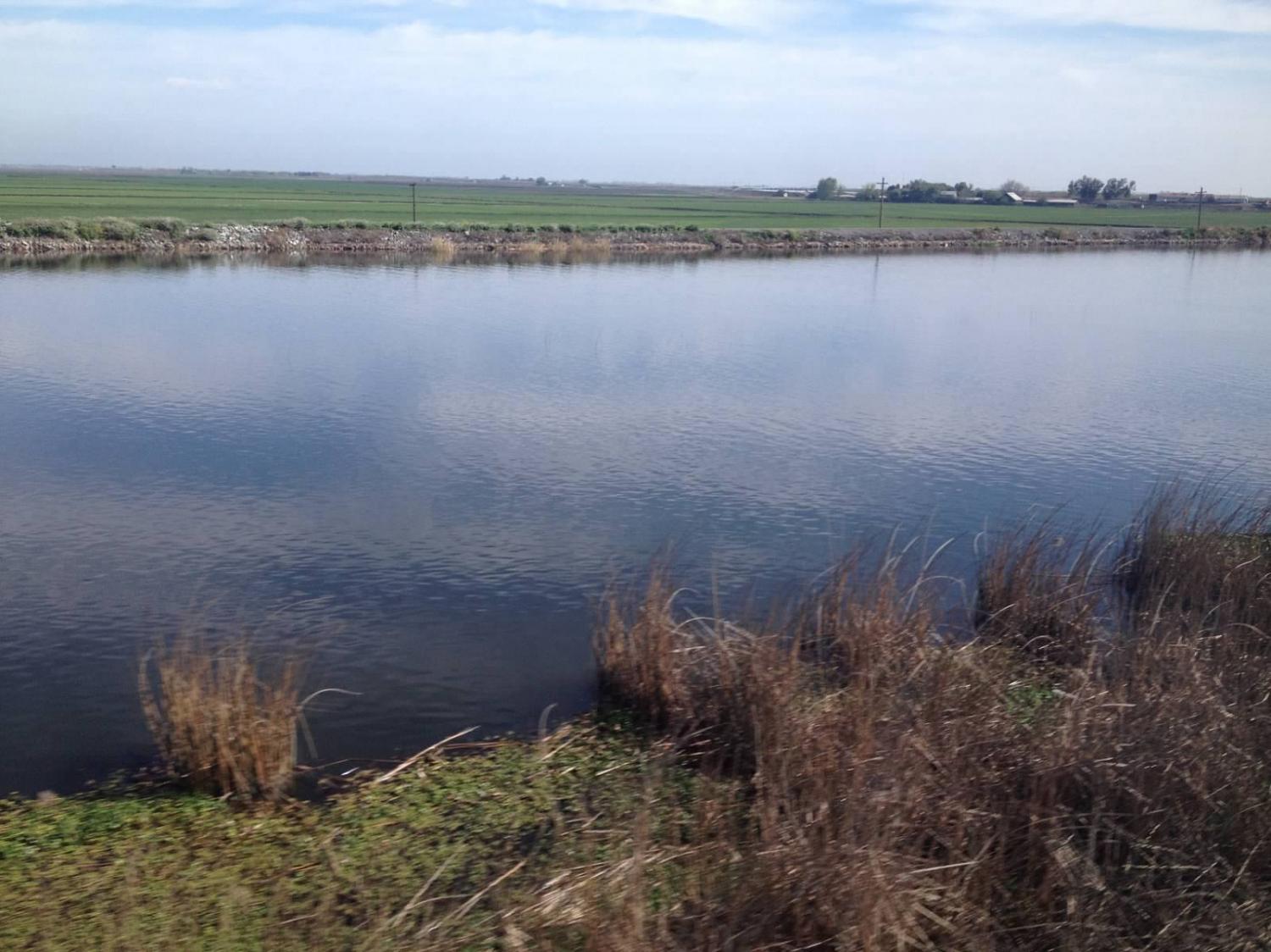
Agriculture may consume 80 percent of the water in California, and almond growers are alleged to use as much water as the Los Angeles and San Diego regions combined, but the state is still pressuring residents to cut back on their water usage. Meanwhile, more residents are questioning why beverage companies, especially Nestlé Waters, are allowed to pump water out of aquifers for pennies on the dollar during the ongoing drought and then sell it back to consumers as bottled water at a huge profit. Now the pressure is on in Sacramento, where activists say the companies are draining local aquifers of as much as 80 million gallons annually. They even formed a human barricade late last month, shutting down Nestlé’s local plant for the day.
The coalition, the “crunchnestle alliance,” complains that Sacramento Mayor Kevin Johnson and the city of Sacramento have allowed Nestlé to “drain” the city of precious groundwater with no oversight, no accountability and limits on what the company can sell back to consumers. Nestlé has responded with data suggesting the bottling plant only uses less than two-thousandths of one percent (0.0016%) of the city’s total water demand. Even if that figure were doubled, and then if the company included the amount of water used for the company’s local operations, Nestlé has a point when it states its water consumption is a relative drop compared to the total amount of water needed in Sacramento.
Like much of the ongoing debate over water in California, the arguments are over optics, not data.
Part of the reason why Nestlé has been criticized repeatedly is because of the company’s overall global reputation. Opponents of the company are quick to point out flaws in the company’s social and environmental record, and Nestlé’s responses on the public relations front are hardly helpful. Bland reminders that the company has partnered with Oxfam and is on the Dow Jones Sustainability Index, along with Nestlé’s reminders that it is a leader in “healthy hydration,” frequently come across as condescending. Such platitudes also do not answer the question whether the company is genuinely transparent about its operations in Sacramento, the High Desert, or other regions where it churns tap water into a “healthy alternative to other beverages.”
But at the same time, allegations about paramilitary death squads in Colombia murdering Nestlé trade unionists do not build or destroy the case whether Nestlé is running a responsible water bottling plant in California’s state capital.
True, anyone who knows how to use a calculator and is conscious about waste can make the statement buying bottled water is little better than throwing your money in the trash can—and the vast majority of those plastic bottles thrown away end up in landfills, not recycled or upcycled into cool sports gear. And yes, Nestlé, we know bottled water is a safe means of hydration during a natural disaster or humanitarian crisis, but we are discussing California, not Haiti.
So where should the angst over California’s water crisis be focused?
Despite all that water used to keep crops growing on California’s farms, agriculture comprises only two percent of the state’s economic output. While some local water districts have seen their water allotments slashed, the stubborn fact remains that water is still currently priced far too low considering its value. Furthermore, Governor Jerry Brown’s executive order—some analysts say in part his actions are because of the mess his father made when governor a half-century ago—relies too much on even more residential water restrictions. Telling Californians they need to conserve water even more to solve this crisis is akin to sending someone into an Uzi fight armed with a sling shot.
The Uzi fight, in this case, involve the large agribusiness interests that have said “NO” repeatedly to any more water price increases or a reduction in water allotments. Indeed, farmers in the San Joaquin Valley have made their case when they post signs saying “Food Grows Where Water Flows.” But the question that Californians need to ask is: what if a disproportionate of water flows to cultivate crops such as almonds—70 to 80 percent of which are exported and feeding people abroad? There are larger battles than Nestlé in what is becoming an increasingly bitter water war.
Image credit: Leon Kaye

Leon Kaye has written for 3p since 2010 and become executive editor in 2018. His previous work includes writing for the Guardian as well as other online and print publications. In addition, he's worked in sales executive roles within technology and financial research companies, as well as for a public relations firm, for which he consulted with one of the globe’s leading sustainability initiatives. Currently living in Central California, he’s traveled to 70-plus countries and has lived and worked in South Korea, the United Arab Emirates and Uruguay.
Leon’s an alum of Fresno State, the University of Maryland, Baltimore County and the University of Southern California's Marshall Business School. He enjoys traveling abroad as well as exploring California’s Central Coast and the Sierra Nevadas.














